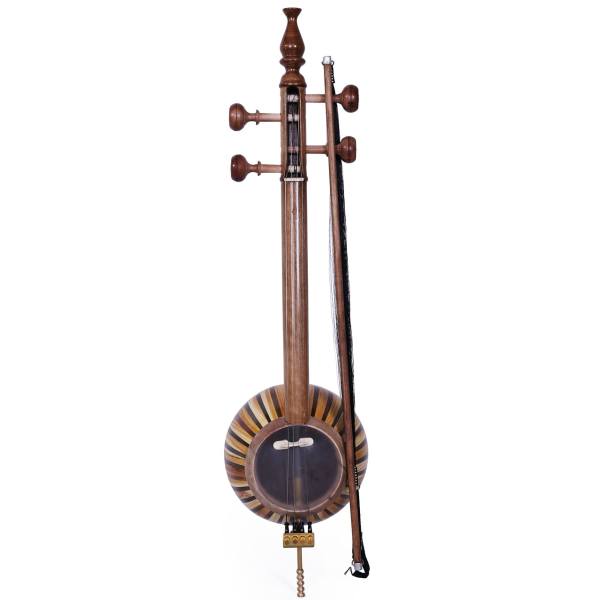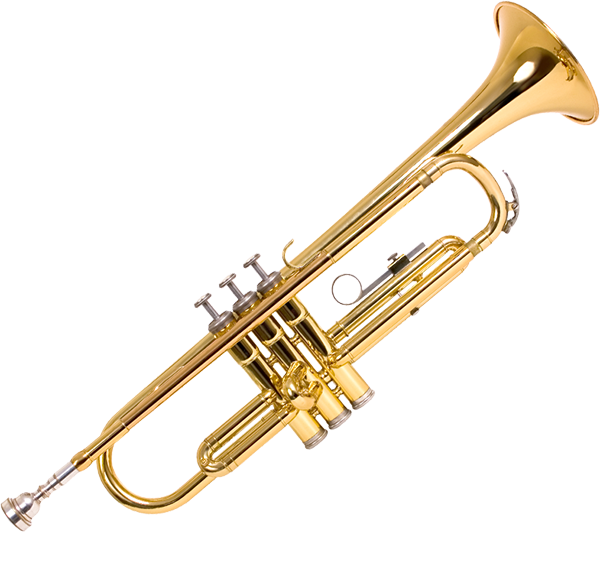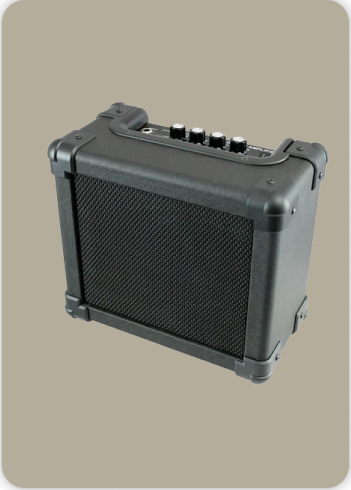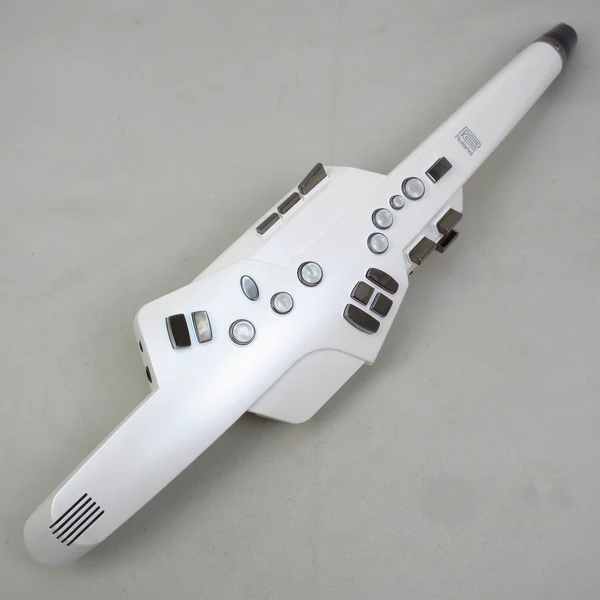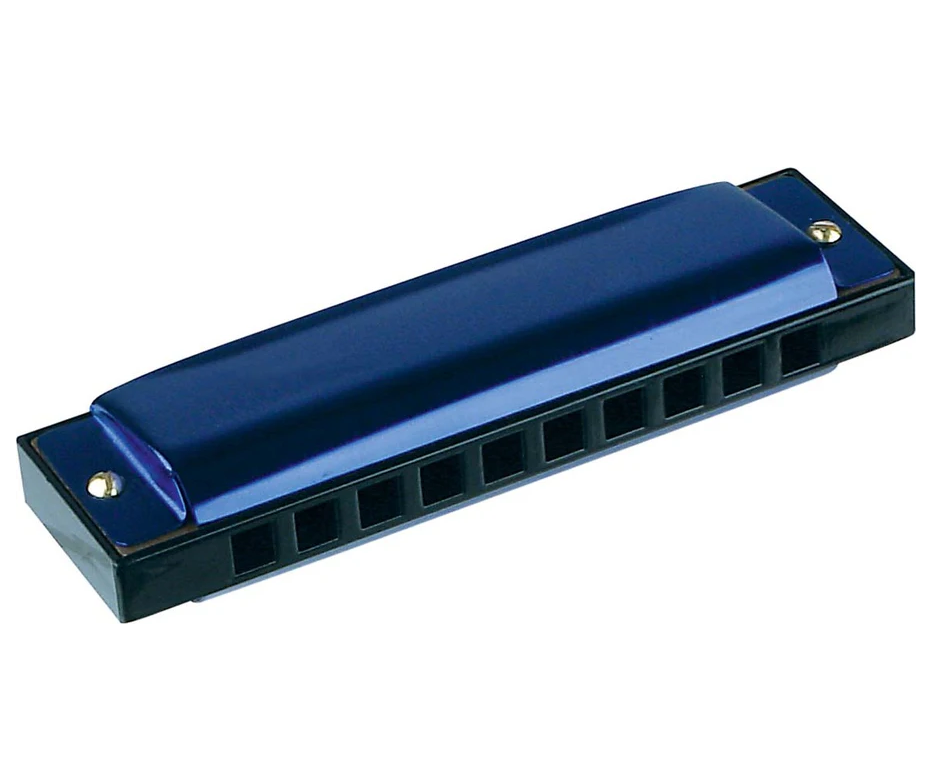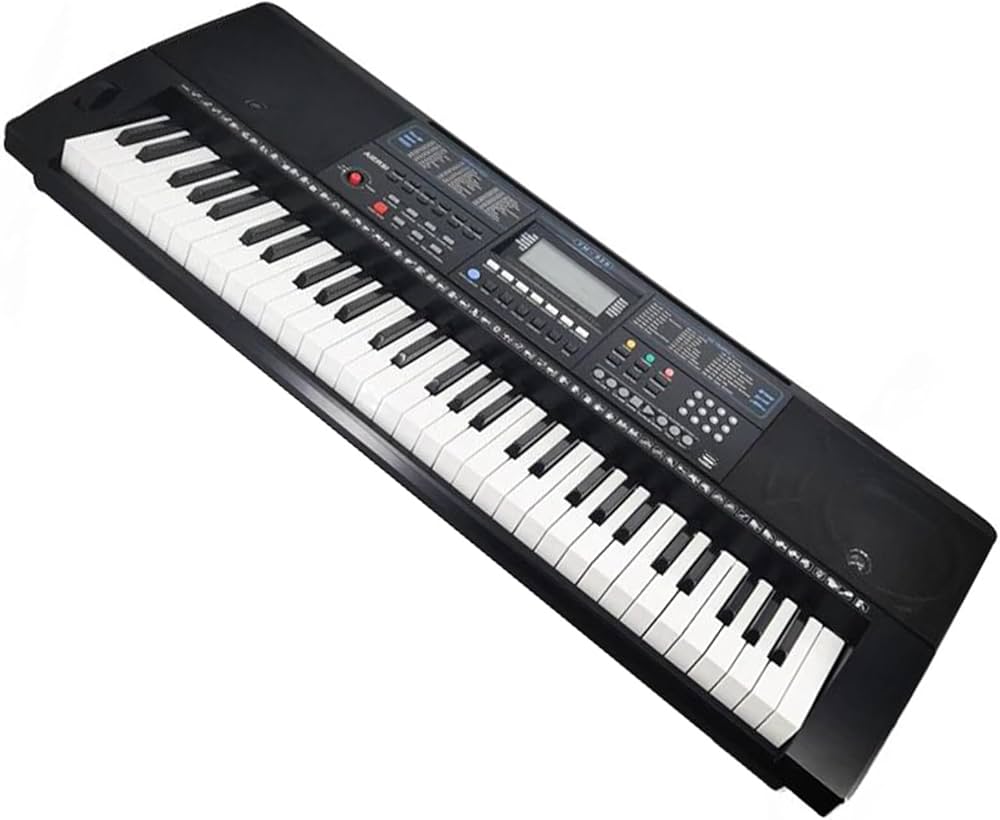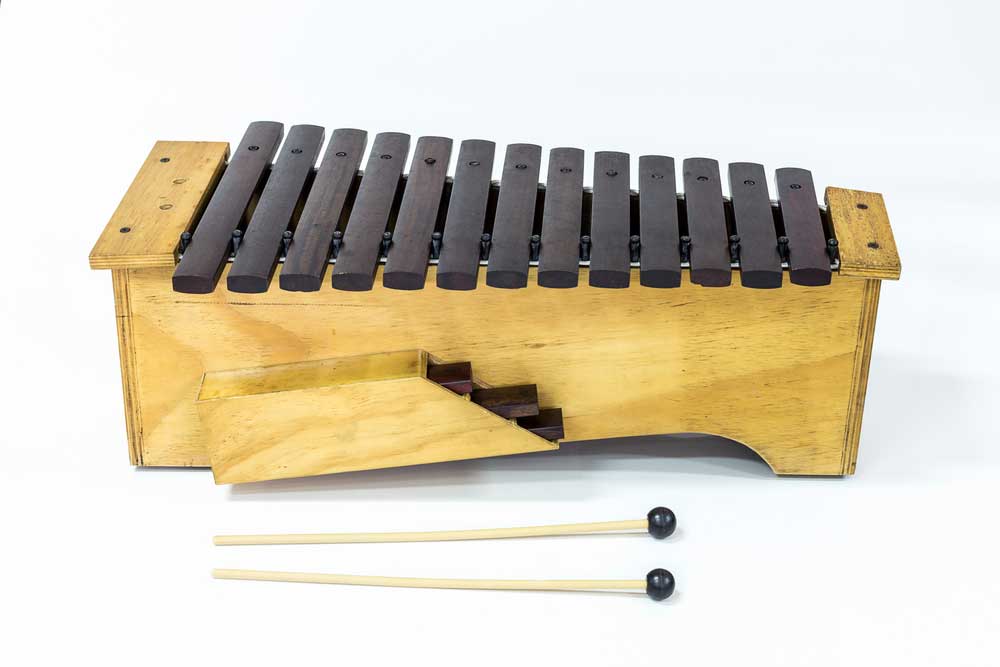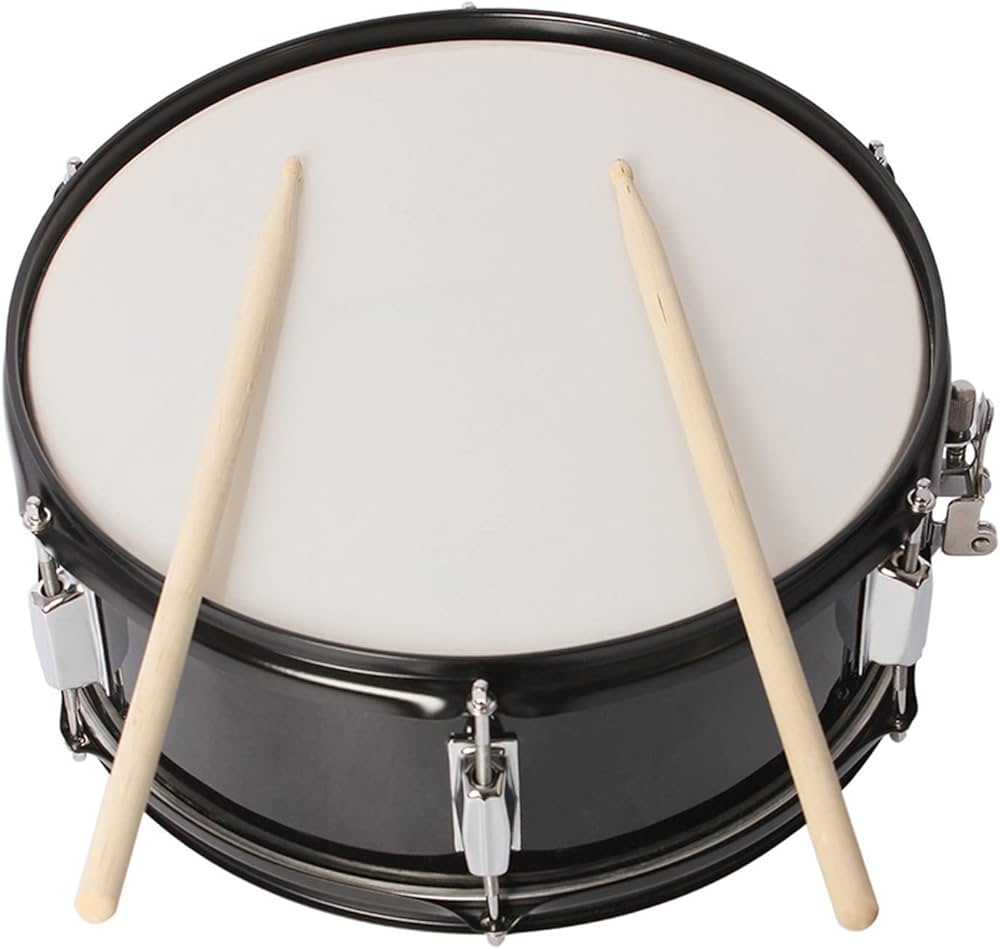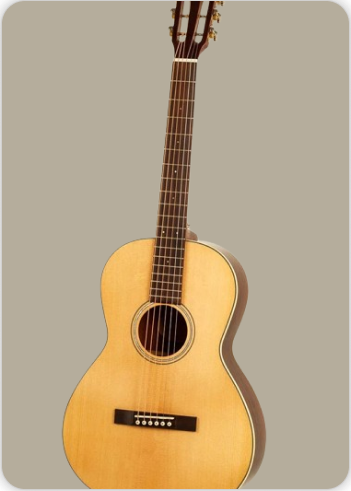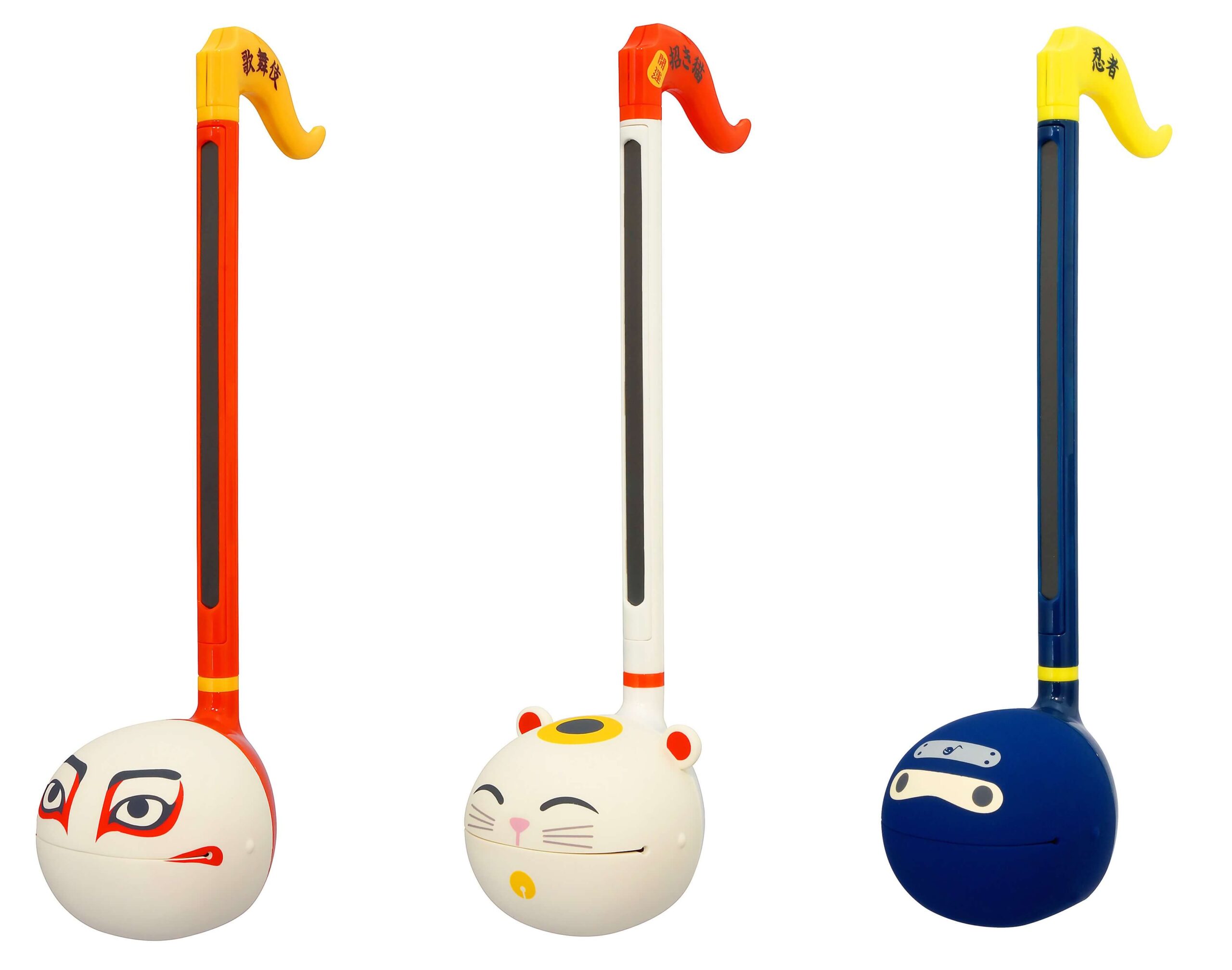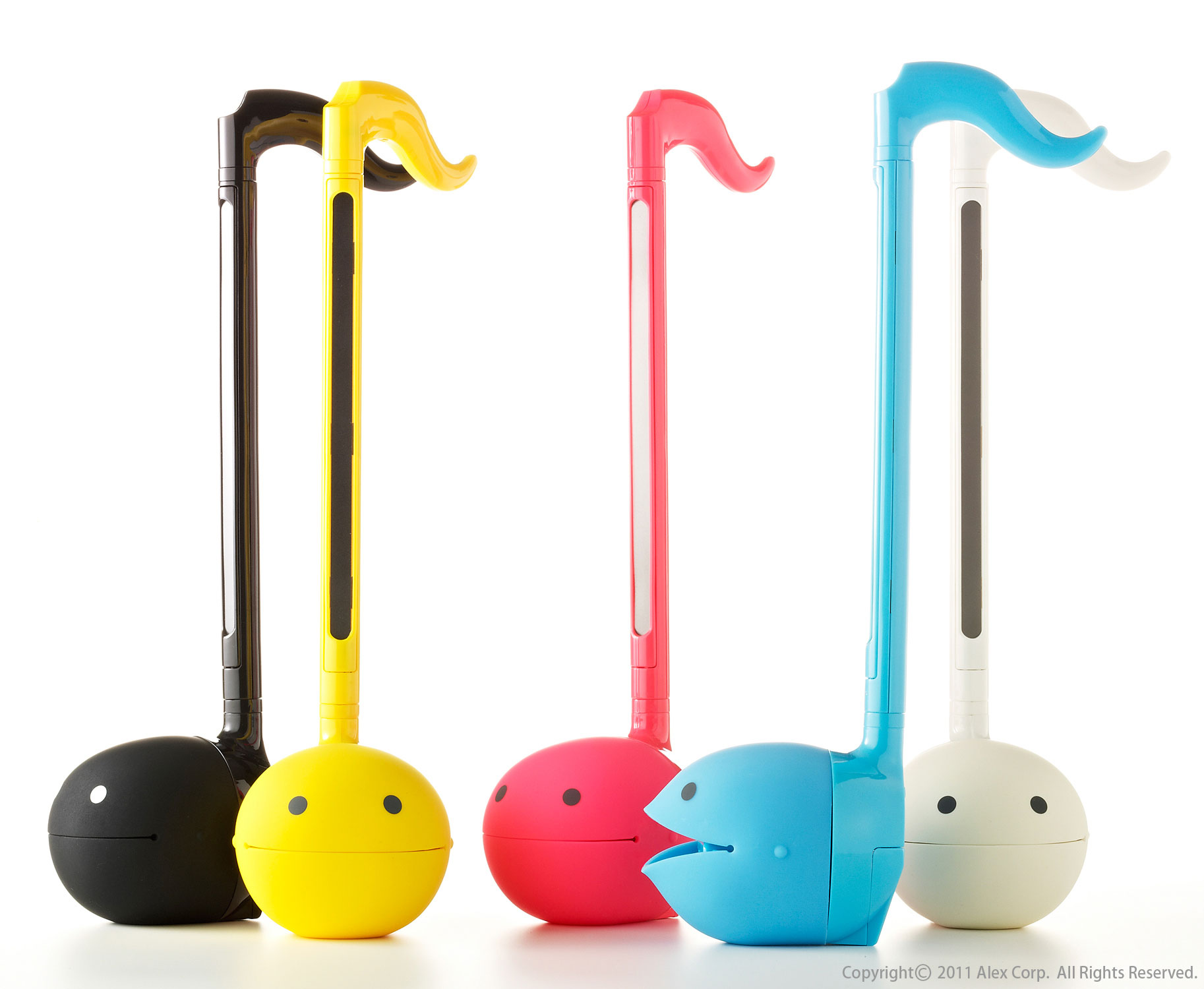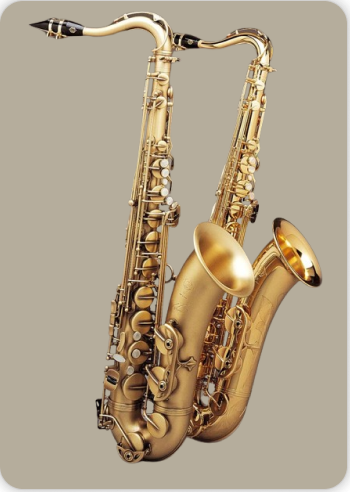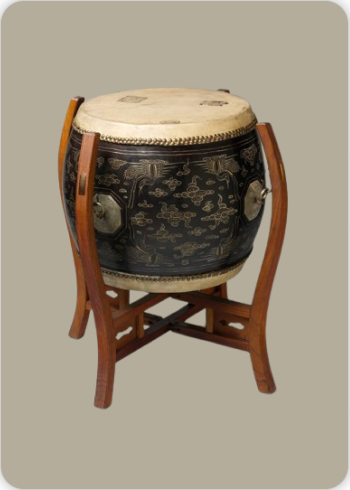Otamatone
Electronic Instruments
Asia
Between 1901 and present
Video
The Otamatone is a unique and fascinating musical instrument that has garnered attention for its quirky design and distinctive sound. Though it is often perceived as a novelty, it holds a special place in the world of music due to its distinctive way of creating sound and its accessibility for musicians of all skill levels. In this detailed exploration, we will cover various aspects of the Otamatone, including its description, types, construction, and significance in the music world. The instrument, its history, and its impact on modern music will be examined in-depth.
Description of the Otamatone
The Otamatone is an electronic musical instrument that produces sound in a manner similar to a theremin, though with a more tangible and approachable interface. Its shape is often compared to a musical note or a cartoonish rendition of a human face, with a long neck and a rounded “head” that acts as both a body and a speaker for the sound. The instrument has become popular due to its simplicity and the interesting tonal range it offers, making it both entertaining and musically functional.
The Otamatone works by varying the pitch through hand-controlled movements along a touch-sensitive strip on the neck. The player grips the neck of the instrument while pressing their thumb on the “mouth” area of the head to adjust the tone. The instrument’s pitch can be adjusted by sliding the fingers along the neck, much like a violin or theremin, but with a much more user-friendly interface. The Otamatone is often described as a “cute” or “fun” instrument due to its playful appearance and the fact that its sound can mimic a variety of different musical styles. Despite its whimsical nature, it is capable of producing a surprisingly wide range of musical tones.
Type of Instrument
Electronic Instrument
The Otamatone is classified as an electronic musical instrument, meaning it generates sound through electronic circuitry rather than traditional acoustic mechanisms like strings or air. It does this by using sensors embedded in the neck, which detect the position of the player’s fingers. These sensors then control a digital synthesizer to produce the desired pitch. The resulting sound is amplified through the speaker located in the “head” of the instrument.
The electronic nature of the Otamatone makes it different from acoustic instruments like violins or flutes, which produce sound through mechanical vibrations. The Otamatone relies entirely on electrical circuits to produce its tone, and it can be connected to external devices like amplifiers or sound mixers, allowing for greater flexibility in sound manipulation.
Novelties and Toys
While the Otamatone is often considered a serious musical instrument, it is also widely marketed as a novelty or toy. Its lighthearted and simple design, combined with its playful sound, has led to its use in comedic contexts and casual music-making. Despite being categorized as a toy by some, the Otamatone is recognized for its potential in both amateur and professional music circles. It can be used to explore sound, experiment with pitch and rhythm, and even perform entire musical pieces in creative ways.
History of the Otamatone
The Otamatone was invented by the Japanese musical instrument company Maywa Denki, which is known for creating unusual and inventive devices. It was first introduced in 1998, primarily as a novelty item. The company’s goal was to create a musical instrument that was easy to play and could appeal to a wide range of people, from children to professional musicians.
The Otamatone quickly gained attention for its playful design and unique sound. Although it was first conceived in Japan, the Otamatone’s appeal spread globally, largely due to social media platforms like YouTube, where players posted videos showcasing its capabilities. Its quirky design and simple playability made it popular for casual musicians and hobbyists, as well as in educational settings, where it was used to engage children in music.
Despite its lighthearted nature, the Otamatone has found its place in professional music performances, often used in experimental genres or as part of theatrical and multimedia productions. Its simple yet distinctive tone makes it a unique addition to ensembles and live performances.
Continent of Origin
The Otamatone originated in Japan, a country with a rich history of innovation in music and technology. Japan has been home to many groundbreaking inventions in the musical world, particularly in the electronic music industry. The Otamatone is one example of Japan’s continued tradition of blending technology with creative artistic expression.
Japan’s influence on the world of electronic music is substantial, with other notable innovations such as synthesizers, drum machines, and electronic guitars that have shaped modern music genres like techno, electronic, and experimental music. The Otamatone fits neatly into this tradition, with its ability to produce electronic sound in a unique and accessible way.
Invention
The Otamatone was created in the late 20th century, specifically in 1998, making it a product of the technological advancements of the 1990s. The 1990s saw the rise of digital synthesizers and electronic instruments, which became more widely available to musicians. The introduction of the Otamatone occurred during a time when electronic music was becoming increasingly popular, and the instrument’s design reflects this period of innovation.
The late 20th century also marked the rise of internet culture, which played a significant role in the Otamatone’s spread. Its presence on platforms like YouTube allowed it to reach a global audience, where its novelty appeal was embraced by people of all ages.
Construction of the Otamatone
The Otamatone is primarily constructed using plastic, with the neck being lightweight and the head, which houses the speaker, made from a more durable material. The body of the instrument is designed to be ergonomic and easy to hold, with a shape that fits comfortably in the player’s hands. The head of the instrument often features a cartoonish “mouth,” which is where the player interacts with the sound by applying pressure.
The instrument’s neck is equipped with a touch-sensitive strip that allows the player to control pitch and tone by sliding their fingers along it. Inside, the Otamatone is powered by electronic components, including sensors, a synthesizer, and a speaker. The technology inside the instrument is relatively simple, yet it allows for a wide range of expression in terms of pitch, vibrato, and tone.
Despite its electronic components, the Otamatone is designed to be durable and portable, making it ideal for casual music-making, travel, and performances. Its compact size and light weight mean it can be easily carried around, and its simple interface ensures that players can focus on creating music without being overwhelmed by complex controls.
Types of Otamatones
Standard Otamatone
The standard Otamatone is the most common version of the instrument. It is characterized by its classic design, with a long neck and a rounded head that houses the speaker. The standard model is available in various colors and sizes, making it customizable for different preferences.
Otamatone Pro
The Otamatone Pro is a more advanced version of the standard instrument. It offers additional features such as enhanced pitch control, higher-quality sound production, and more flexible tuning options. This model is aimed at musicians who wish to experiment with more complex sounds and achieve higher levels of precision in their performances. The Otamatone Pro is also generally more durable and offers more advanced customization.
Features of the Otamatone
The Otamatone boasts several distinctive features that make it stand out as a musical instrument:
Touch-sensitive neck: This allows the player to control pitch by sliding their fingers along the neck, similar to how one might play a string instrument.
Mouth control: The head of the Otamatone has a pressure-sensitive “mouth” that adjusts the timbre and vibrato of the sound when pressed.
Electronic sound production: The instrument produces sound through electronic circuitry rather than traditional acoustic means, giving it a unique tonal quality.
Portability: The Otamatone is small, lightweight, and easy to carry around, making it ideal for travel and impromptu performances.
Sound Production of the Otamatone
The Otamatone produces sound through an electronic synthesizer housed inside the instrument. When the player slides their fingers along the neck, the sensors detect their position and adjust the pitch accordingly. The pressure applied to the “mouth” of the instrument affects the timbre and vibrato of the sound, adding an expressive element to the performance.
While the Otamatone’s sound is often described as “synthesized” or “robotic,” it can be used to mimic a wide range of musical styles. The instrument is capable of producing both sharp, high-pitched tones and deeper, more resonant sounds, depending on the player’s technique and the settings used.
Playing Methods
Playing the Otamatone is relatively simple compared to many traditional instruments, making it accessible to players of all skill levels. To produce sound, the player grips the neck of the instrument with one hand while using their other hand to control the “mouth” of the head. The fingers are slid along the neck to adjust pitch, and pressure on the “mouth” affects the quality of the tone.
The Otamatone can be played in various musical contexts, from solo performances to group ensembles. Its versatility allows it to be incorporated into a range of musical genres, from electronic to experimental music. Despite its novelty appearance, the instrument can be used to perform intricate musical compositions with proper technique and practice.
Roles in Music and Significance
The Otamatone has found its place in a variety of musical genres, from children’s music to avant-garde compositions. While it is often used for comedic or novelty purposes, it is also embraced by experimental musicians who appreciate its unique sound and expressive possibilities.
In educational settings, the Otamatone is used to introduce children to the concepts of pitch, rhythm, and melody. Its simple interface allows young learners to explore musical ideas without being overwhelmed by the complexity of traditional instruments.
For professional musicians, the Otamatone offers a new way to explore sound and texture in performance. It has been used in live concerts, multimedia productions, and even recorded albums, adding an electronic, whimsical touch to music. The Otamatone’s ability to create a broad range of tones has made it a valuable tool for sound designers, composers, and experimental musicians.
In conclusion, the Otamatone is a unique and engaging instrument that has found its place in both the world of novelty music and serious musical exploration. Its history, construction, and features make it a fascinating example of how technology can be used to create new and innovative musical experiences.
FAQ
What is the historical significance of the Otamatone?
The Otamatone was developed in Japan in 1998 by CUBE Works and Maywa Denki, marking a shift towards playful electronic instruments. It gained popularity after its official release in 2009, becoming one of Japan's best-selling musical toys.
How does music played on an Otamatone differ from traditional instruments?
Unlike traditional instruments that rely on physical vibration (like strings or air), the Otamatone uses electronic synthesis for sound production. Its unique control mechanism allows for expressive effects such as vibrato and wah-wah sounds.
What role does the Otamatone play in contemporary music?
The Otamatone serves as both a novelty instrument and a serious tool for musicians across genres. It is commonly featured in children's music, contemporary pop covers, performance art, and online content creation.
 Links
Links
References
 Similar
Similar
Instruments
Other Instrument
Categories
